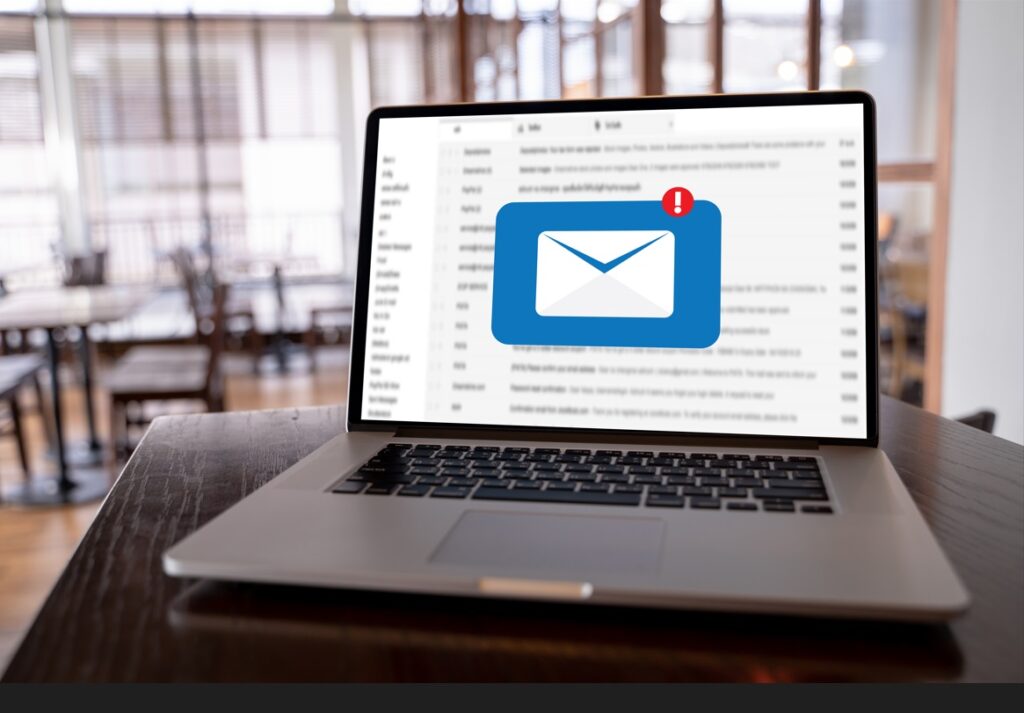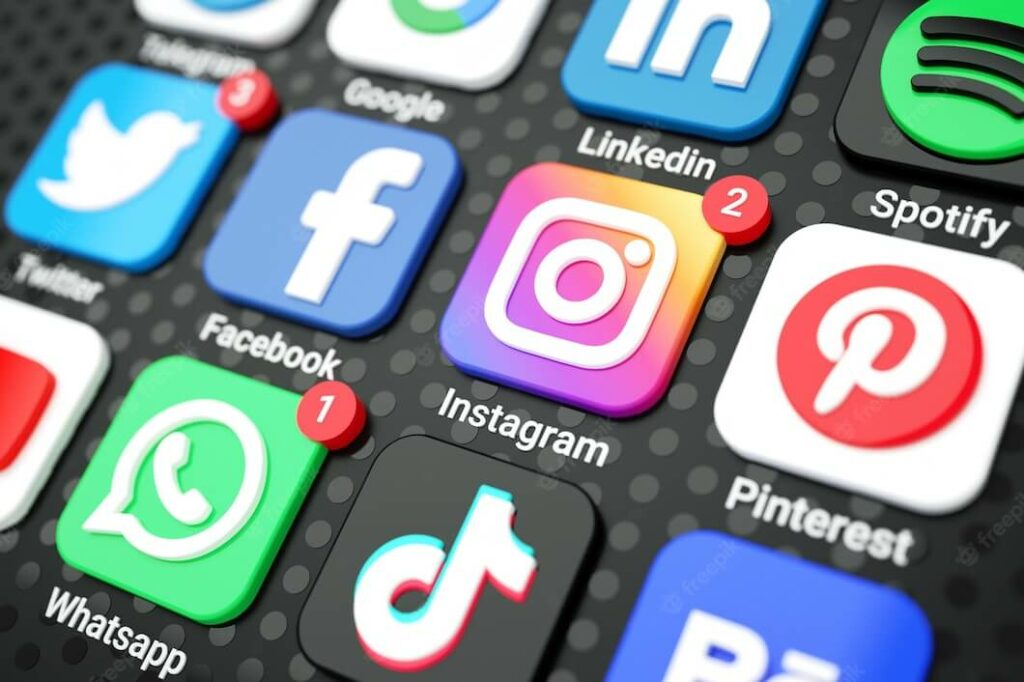A Beginner’s Guide to Business Leads
July-8-2022
Let’s describe a lead. From there, we’ll discuss what online lead generation is, why you need it, how to qualify someone as a lead, how to categories different lead types, like sales qualified leads, how to generate leads, and why inbound lead generation is significantly more effective than having to buy leads.
What is a Lead?
Any individual who expresses interest in a company’s goods or services in any way, shape, or form is considered a lead.
After initiating communication (by providing personal information for an offer, trial, or subscription), leads often hear from a company or organization. rather than receiving a random cold call from someone who bought their contact details.
Imagine you participate in an online survey to find out more about how to maintain your car. A few days later, the automaker that conducted the poll sends you an email with tips on how to take care of your vehicle. This procedure would be far less irritating than if they had just contacted you without any prior knowledge of your interest in car repair, correct? This is what being a lead is like.
Additionally, from a business standpoint, the data the car company gathers about you from your survey replies lets them to tailor that starting conversation to meet your current issues — and not waste time phoning prospects who aren’t at all interested in vehicle services.
Leads are a part of the overall cycle that customers go through when they go from being visitors to consumers. Not every lead is created equally (nor are they qualified the same). Depending on how they are qualified and what stage of the lifecycle they are in, there are multiple kinds of leads.
- Sales Qualified Lead
Contacts who have expressed a clear interest in becoming a paying customer are known as sales qualified leads. A contact who fills out a form to inquire about your good or service is an example of a sales qualified lead.
- Marketing Qualified Lead
Contacts that have interacted with your marketing team’s efforts but aren’t yet ready for a sales call are referred to as marketing qualified leads. A contact who completes a landing page form for an offer is an illustration of a Marketing qualified lead.
- Service Qualified Lead
Contacts or consumers who have told your service staff they’re interested in becoming paying customers are known as service qualified leads. A customer who tells their customer service person they want to increase their product subscription is an example of a service qualified lead; at this point, the customer service representative would up-level this consumer to the appropriate sales team or representative.
- Product Qualified Lead
Contacts who have worked with your product and taken actions indicating interest in making a purchase are known as product qualified leads. Product qualified leads are frequently used by businesses who provide a free trial of their product or a free, restricted version of their product with the chance to subscribe. This is where your sales staff comes in. Customers that use your trial version and engage with or ask about features that are only accessible through purchase are a perfect example of a product qualified lead.
What is lead generation?
The process of drawing potential customers to your business and trying to increase their interest through nurturing, with the ultimate objective of turning them into buyers, is known as lead generation. blog articles, job applications, live events, free coupons, and online material are just a few ways to generate leads.
These lead generators mentioned above are just a few examples of the lead generation techniques you can employ to draw potential clients and direct them toward your business.
Lead generation is defined as a way of warming up potential customers to your business and getting them on the path to eventually making a purchase.
Why is lead generation necessary?

The shift from a stranger to a consumer is far more natural when a stranger approach you by expressing a genuine interest in your company.
The second stage of the inbound marketing process is called lead generation. This happens after you’ve gained a following and are prepared to turn those viewers into leads for your sales team.
The Lead Generation Process
Let’s go over the lead generation process’ steps now that we are aware of how lead generation fits into the inbound marketing technique.
- A visitor first learns about your company through one of your marketing platforms, including your website, blog, or social media profile.
- A call-to-action (CTA) is a picture, button, or message that prompts website visitors to take some form of action. This visitor then clicks on your CTA.
- That CTA directs the user to a landing page, a web page created with the purpose of collecting lead information in exchange for an offer.
- Your visitor submits a form on the landing page in exchange for the offer. (Though technically they can be integrated anywhere on your site, forms are commonly hosted on landing pages.) Voila! You now have a lead. That is, if you adhere to recommended lead-capture form practises.
In summary, a visitor clicks a call to action (CTA) that directs them to a landing page where they complete a form to receive an offer, at which time they become a lead.
Lead Generation Marketing
Once you’ve assembled all of these components, you can start generating leads by using your various advertising channels to direct traffic to your landing page.
But which platforms do you need to use to advertise your landing page? Let’s discuss lead generation marketing, which is the front end of lead generating.
Content
The best technique to direct readers to a landing page is through content. Usually, the purpose of content creation is to offer free, helpful information to readers. CTAs can be placed wherever in your content, including inline, at the bottom of the article and even on the side panel. A visitor is more likely to click your call-to-action and go to your landing page if they are more pleased with your content.

Email is a terrific way to connect with customers who are already familiar with your company, brand, and offerings. Since they have already joined your mailing list, asking them to do something is certainly easier. Use CTAs with captivating language and eye-catching design to catch your subscribers’ attention.
Ads & Retargeting
An advertisement’s only goal is to persuade viewers to act. Why spend the money if not? Make sure your landing page and offer perfectly match what is promised in the advertisement and that the action you want users to take is clear if you want them to engage.
Blog
The advantage of using your blog posts to advertise an offer is that you may customize the entire piece to the final objective. You can write a blog about your company’s offerings and add links for CTAs.
Social Media

The swipe up feature on Instagram stories, Facebook bio links, and bitly URLs on Twitter are just a few of the social media sites that make it simple to direct your followers to take action. Additionally, you can advertise your services on social media posts and put a call to action in the description.
